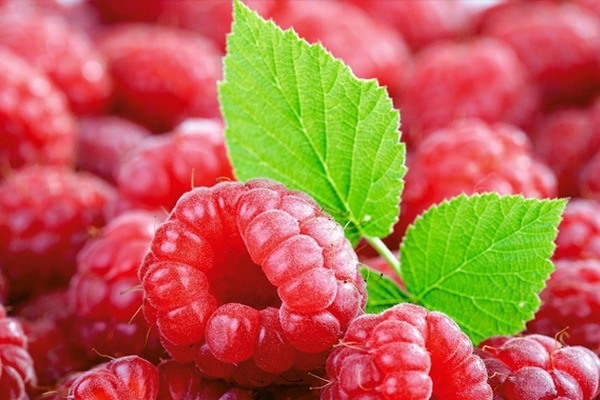Peru has faced mixed results in introducing raspberries and cherries into its agricultural market. While the Cajamarca mountain range was initially identified as suitable for raspberry cultivation, logistical challenges and unsuitable variety choices hindered market success. In 2017, experts from Chile and Peru considered Cajamarca a potential hub for raspberry production, but inadequate logistics and refrigeration infrastructure, coupled with the selection of the Heritage variety, led to limited progress. This variety, known for its flavor and climate resistance, proved too delicate for efficient transport, causing many producers to abandon the crop.

In 2018, raspberry exports reached 16 tonnes, but interest soon waned. The focus has shifted towards the frozen industry, given the fruit's perishable nature. Cherries face similar hurdles, with production still in the experimental phase. Efforts to introduce cherries in Peru have been ongoing, with specialists emphasizing the importance of having Chilean genetic material to identify suitable varieties for Peruvian conditions.
Peru's warmer latitudes present a climatic challenge, as cherries require specific cold hours, not found on the coast but at higher altitudes in certain valleys. By 2024, cherry cultivation spanned 15 to 20 hectares, with companies like Camposol, Beta, and Agrícola Andrea conducting adaptation trials in regions such as Ayacucho, Ancash, and Arequipa. The focus remains on overcoming climatic and logistical barriers to successfully integrate these crops into Peru's agricultural landscape.
Source: Blueberries Consulting
